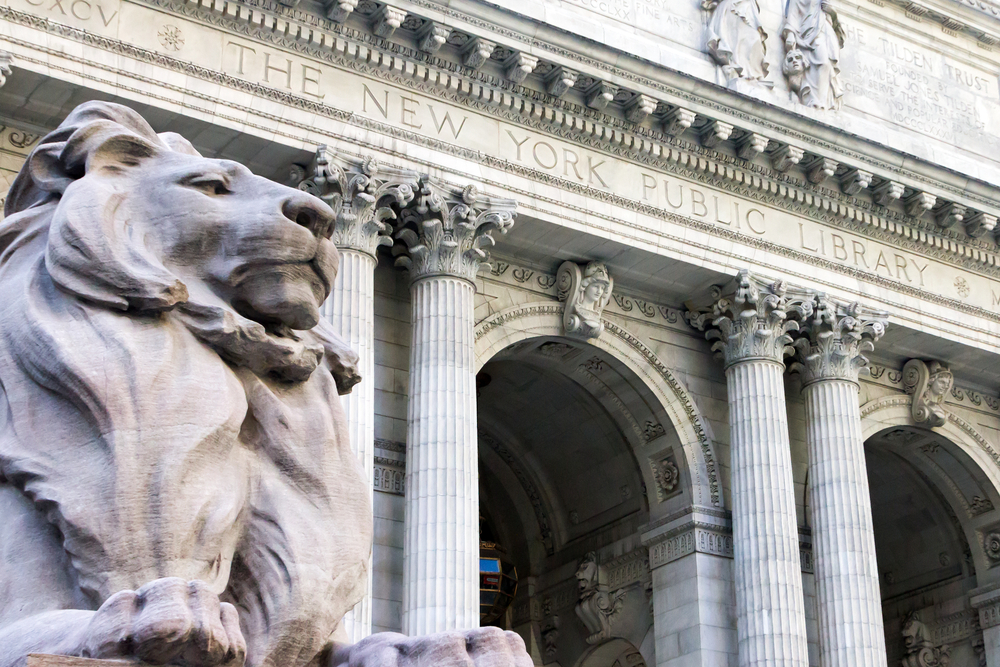After news broke that the Long Lines Building used by AT&T at 33 Thomas Street may be the center of operation for the National Security Agency, many were surprised and perhaps even a bit disturbed to learn of the building’s potential covert uses. Many may not know, however, that this is not the first time a building in New York City has been used for reasons that might surprise you.
60 Hudson Street
Near to the Long Lines Building, the Art Deco building at 60 Hudson Street has an interesting history. Designed by Ralph Walker in the early 20th century, the building once served as the headquarters for Western Union. When the company moved out, however, a variety of telecommunications firms moved in. The building is now one of several “carrier hotels” that serves as the home of a number of components that are use to keep the Internet up and running, including cables and network operators.
Grand Central Terminal
It may be hard to imagine, but a power station known as M42 is resting beneath the Beaux Arts train terminal known as the Grand Central Terminal. The very existence of this terminal was only revealed to the public within recent decades, with the power station kept secret and under heavy guard for years. In fact, Nazi spies had a plan to destroy the substation during World War II, but this plan was obviously thwarted before it could be carried out. The power station is still one of the main hubs for powering the train station as well as some buildings located nearby.
New York Public Library
Apartments connected to the New York Public Library used to be occupied by caretakers who were tasked with keeping the coal fires lit so the building would remain heated. Connected by branches that were funded by Andrew Carnegie, only 13 of the apartments remain today and main are in various states of disrepair.
Plymouth Church
The Brooklyn Heights church of Plymouth Church has a long history of fighting for the rights of African-Americans. In fact, one of the pastors of this church was anti-slavery activity Henry Ward Beecher, who was the brother of Uncle Tom’s Cabin author Harriet Beecher Stowe. The congregation was also aligned with the abolition movement, with the church’s records indicating that the building even once served as a stop on the Underground Railroad during the Civil War. Tunnels beneath the church were used to transfer and hide slaves as they were escaping slavery. The tunnels can still be seen when taking tours of the church.
Rockefeller Center
Rockefeller Center is also tied to World War II, with a covert ops organization called British Security Coordination operating out of the center in 1940. The organization, which aimed to change the minds of the population so Americans would support joining the war in Europe, occupied three floors in the building.

